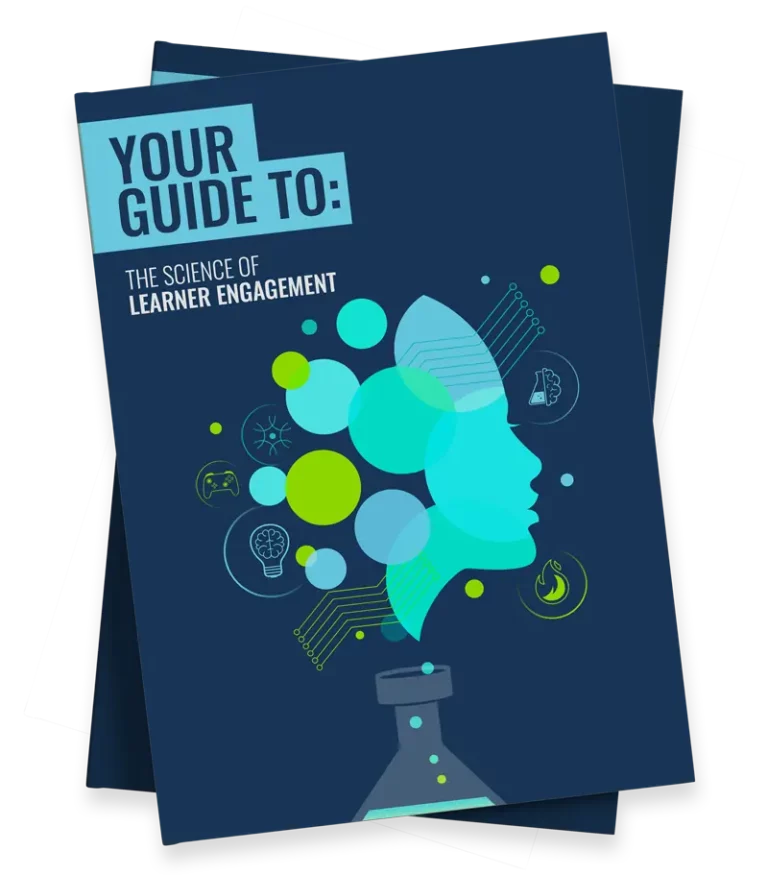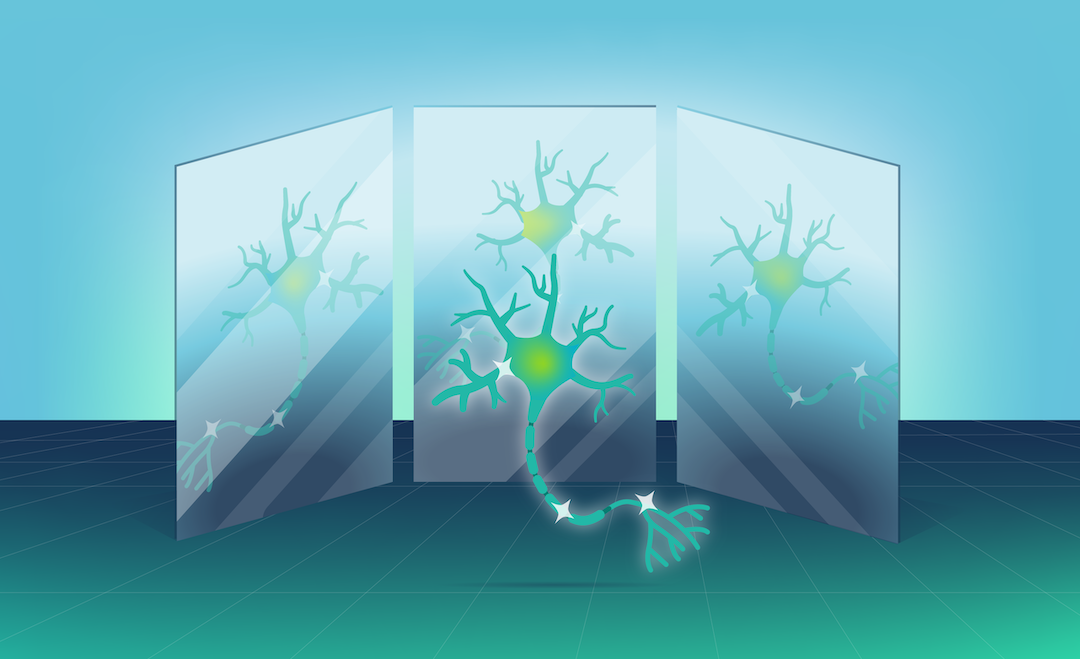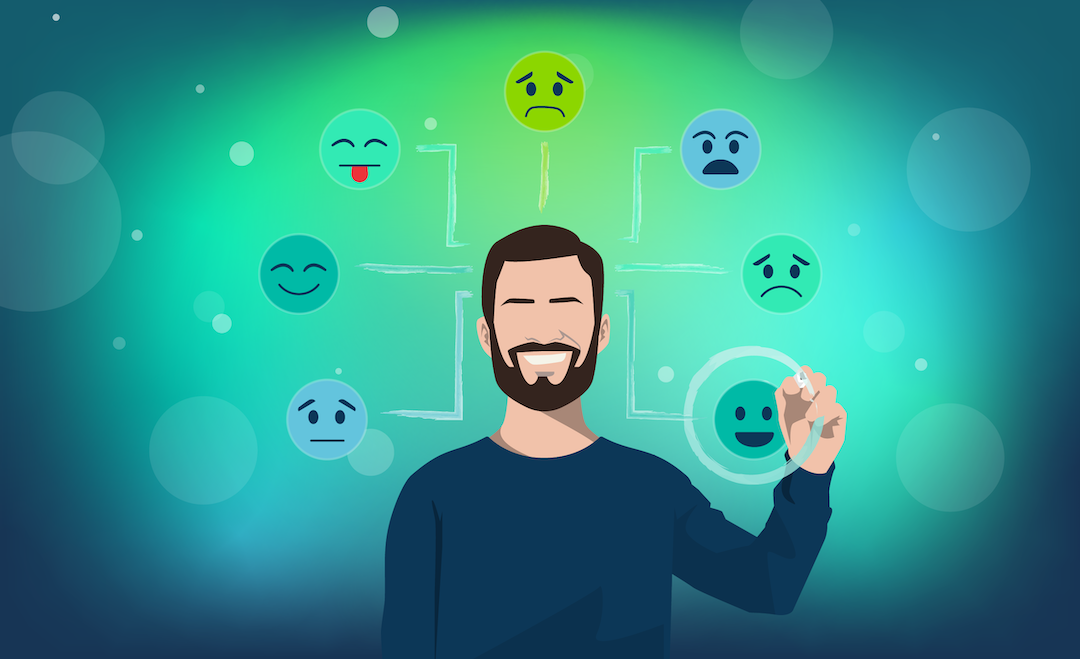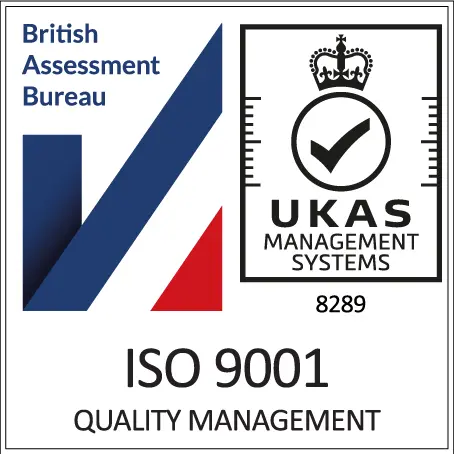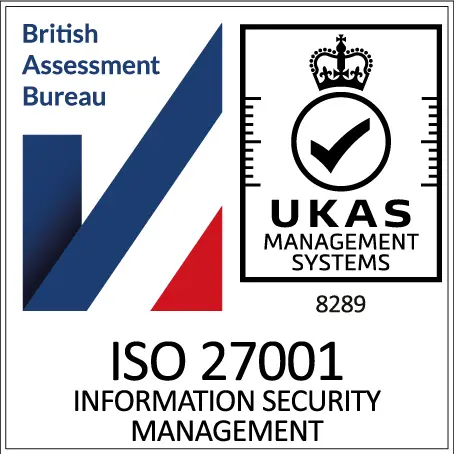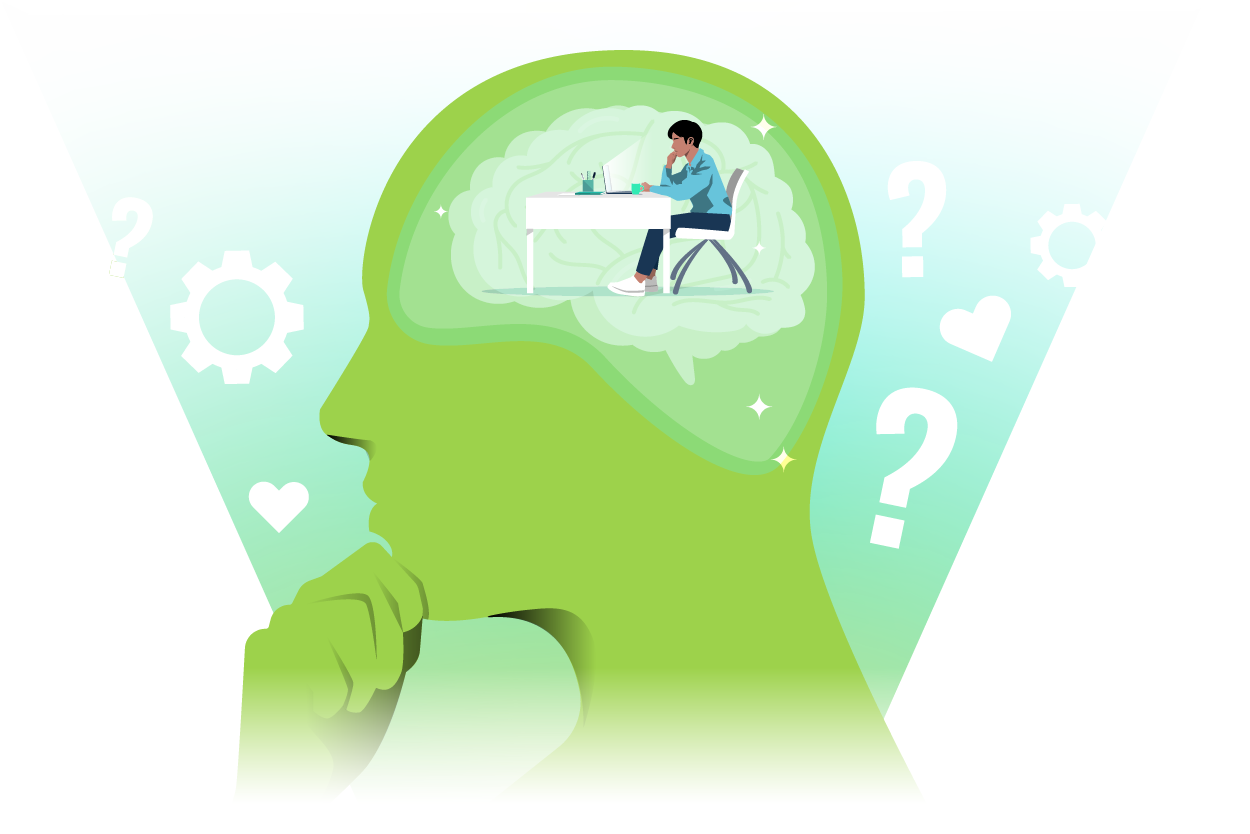
Do you learn with the intense focus of a cheetah on the hunt, or does your attention hop between topics like a hyperactive squirrel? If you identify with the latter option, you’re not alone. After all, most of us lack the metacognitive toolkit to make our learning truly stick.
Despite its known benefits, metacognition (the act of ‘thinking about thinking’) remains a wildly underused superpower. Tellingly, a recent study found that only 37.5% of university academics were even familiar with the term.
This reflects the ancient wisdom of Socrates: “The unexamined life is not worth living.” Or, to put it in modern L&D terms: “The more reflective you are, the more effective you are.”
In this article, we’ll unpack the neuroscience of self-aware learning and provide a clear training regime to help build your learners’ reflective muscles. Ready to get meta with it? Then let’s get started!
What is Metacognition?
Metacognition is one of the most powerful concepts in learning science. The name may sound complex, but the idea is surprisingly simple: it is thinking about thinking, or the ability to reflect on your own mental processes.
In other words, it’s the capacity to stand outside your own mind and observe how you learn, remember, and solve problems. By doing this, you’re not just consuming information, you’re actively managing your intellectual functions.
To break it down further, psychologists often split metacognition into two different flavours that work well together.
1. Metacognitive Knowledge (The ‘Know’):
This is your understanding of your own learning strengths, weaknesses, and strategies. It’s informed by past reflection but exists as a set of beliefs and facts. This type of knowledge provides the answer to questions like:
- Do I learn better by watching videos or by reading a textbook?
- What sort of environment do I need to be able to concentrate properly?
- Am I a big-picture thinker who trips over the specifics?
- Which strategies (e.g. retrieval practice, interleaving) yield the best results for me?
It’s important to remember that these beliefs aren’t always accurate or optimal. In fact, this is often where the dangerous myth of learning styles takes root. Remember: while we may have preferences, research consistently shows that pigeonholing yourself into a single style can actually limit learning.
2. Metacognitive Regulation (The ‘Do’):
Now we arrive at the active part. Regulation is where you take your metacognitive knowledge and use it to manage your learning in real-time. This cyclical process typically involves three crucial steps.

- Planning: This stage is all about intentionality. Here, the learner uses their self-knowledge to set specific goals and decide upon the right learning strategy.
- Monitoring: As they make progress, the learner checks their understanding, pacing, and focus in the moment. This process prevents wasted effort.
- Evaluating: Once the task is complete, the learner critically assesses the outcome against their initial goal. This is the ‘lessons learned’ phase that drives future improvement.
This systematic process is what distinguishes metacognition from mere reflection. Reflecting provides us with observations, while metacognition offers a structured pathway forward. It uses the insights gleaned from our reflections to actively manage and improve the learning process.
In this sense, metacognition operates like a project manager within a learning experience. It may not be the one doing the heavy lifting, but it does help to plan the route, monitor progress, make adjustments, and evaluate how successful the process was.
Sometimes pausing to check in with yourself makes a world of difference.
Your Brain’s ‘Executive Network’
So, where does all this thinking about thinking actually happen? Well, it’s not magic, it’s neuroscience.
Metacognition is a physical process rooted in the intricate wiring of your brain. It’s primarily managed by your brain’s ‘executive network’, a team of regions that work together to support higher-order thought processes. Let’s meet the key players in this network now.
1. The Prefrontal Cortex
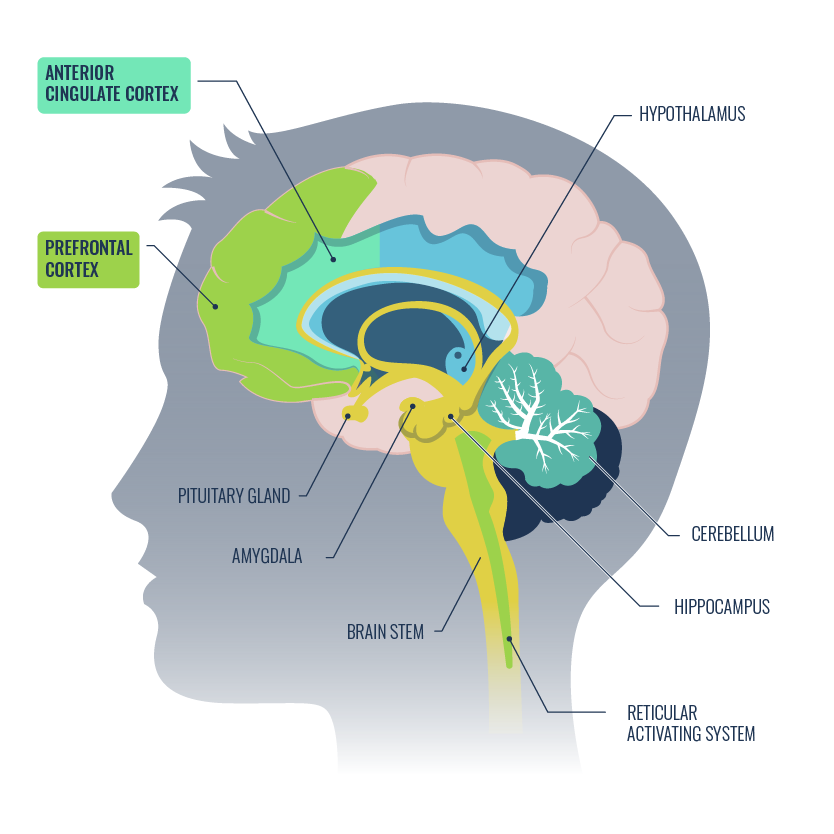
The prefrontal cortex (or PFC), located right behind your forehead, is often referred to as the ‘CEO of your brain’. As the leader of this executive network, it’s responsible for managing the high-level intellectual functions that make metacognition possible. This includes:
- Strategic Planning: Deciding on the most appropriate learning strategy before getting started.
- Goal-Setting: Establishing your desired outcomes and maintaining focus on specific learning targets.
- Decision-Making: Choosing where and how to spend your valuable time and mental effort.
In other words, when you’re using metacognition to regulate your learning, you’re putting your prefrontal cortex in charge. And it’s more than ready to step up to the plate.
2. The Anterior Cingulate Cortex
If the prefrontal cortex is the brain’s CEO, then the anterior cingulate cortex (ACC) is its sharp-eyed Quality Control Manager. While the CEO sets the strategy, the ACC monitors your mental operations for errors, conflicts, and glitches.
Think of it as your brain’s built-in alarm system. You’ve felt its work in action whenever you’ve experienced a nagging sense of doubt, such as:
- “There’s no way that can be right!”
- “I thought I knew this, but I can’t explain it.”
- “The maths isn’t mathing.”
This sort of ‘error detection’ is essential for metacognitive monitoring. After all, we can’t course correct if we don’t realise we’ve gone off-course. Thankfully, the ACC provides us with the real-time data we need to re-evaluate and redirect our learning efforts.
3. The Neural Connections
As you might expect, the demanding work of metacognition isn’t powered by the prefrontal cortex and anterior cingulate cortex alone.
Thinking about thinking requires constant communication across different brain regions. In particular, if learning is to stick, the PFC must maintain strong connections with the brain’s main memory centre: the hippocampus. Here’s how the process typically works:
- Retrieval Attempt: The prefrontal cortex attempts to retrieve information from memory, while the anterior cingulate cortex monitors the result.
- Error Detection: If the retrieval fails (for example, if the learner can’t remember the answer), the ACC sends an immediate error signal to the PFC.
- Clear Prioritisation: The PFC uses this signal to alert the wider brain to the knowledge gap. In turn, it priorises the encoding of that information when the learner revisits it.
This potent, self-correcting feedback loop means that the act of metacognitive monitoring (or recognising what you don’t know) actually primes the brain for stronger memory consolidation. Knowledge really is power.
This is all thanks to neuroplasticity: your brain’s lifelong ability to rewire itself based on experience. Just like a muscle grows stronger with exercise, the neural pathways between your PFC and ACC become more robust and efficient with regular use.
Why Bother? (The Benefits)
It’s one thing to say that metacognition is powerful, but it’s another to prove it. Thankfully, the available data paints a compelling picture of its potency. It’s clear this isn’t just a ‘nice-to-have’ skill — it’s a game-changer for learning efficiency.
- Better Outcomes: According to the Education Endowment Foundation (EEF), metacognition and self-regulation strategies provide learners with an average of +8 months’ additional progress over the course of a year. This makes it one of the most cost-effective and high-impact interventions available.
- Learning Gains: In John Hattie’s seminal analysis of learning interventions, ‘reflection and evaluation’ (effect size: 0.75) significantly outperform common methods like practice testing and peer tutoring.
- Higher Engagement: This 2024 study, which looked at over 2,900 college students, found a direct link between a student’s ability to monitor their own mind and their immediate commitment to the learning task at hand.
- Growth Mindset: A 2025 systematic review of 10 different studies found a positive association between the use of self-regulated learning strategies (like metacognitive regulation) and having a growth mindset. This is important, because students with a growth mindset outperform their peers by 9 to 17%.
Research also shows that learners with stronger metacognitive skills are more likely to select the most efficient training methods over less effective ones. What’s more, they also become better problem-solvers and critical thinkers, all while reducing the stress that sometimes holds them back.
What’s not to love?
Metacognitive Strategies That Work
Now we know metacognition is the key to faster, more effective learning, the critical question is how we can put it to work. With this in mind, here is the practical, three stage guidance you should arm your learners with to turn self-awareness into high performance.
1. The Planning Phase
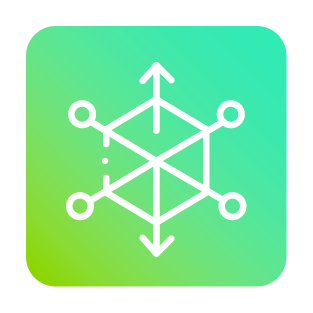
Before diving into any new material or project brief, encourage your learners to formally engage their brain’s executive network. This phase is about setting a clear mental roadmap to maximise efficiency and retention. It consists of two critical steps:
- Activating Prior Knowledge: Prompt learners to spend time brainstorming everything they already know about the topic. Ask them to connect it to existing knowledge or past projects.
- Setting Clear Goals: Your learners should also set clear, measurable goals that move beyond simply completing their training. They need to establish what mastery looks like within their specific job context.
2. The Monitoring Phase

We’ve all felt it: the glaze over your eyes as you ‘consume’ content without actually digesting it. You’re present, but you’re not engaged. You’re on learning autopilot. As you might guess, this is ineffective for learning and it wastes valuable time and effort.
Instead, encourage your learners to combat autopilot by building intentional check-ins into their workflow. They should regularly be asking themselves:
- “Can I confidently summarise what I just learned in a single sentence?”
- “What’s the most critical takeaway here and how can I apply it?”
- “What’s still unclear and what do I need to spend more time on?”
Your learners should learn to trust that feeling of uncertainty that arises during some learning experiences. This is your anterior cingulate cortex taking action. It’s a sign that they need to pinpoint the issue and rectify that knowledge gap.
3. The Evaluation Phase
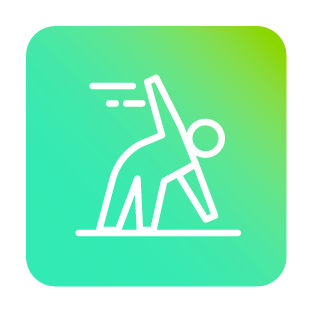
Once the learning experience is complete, it’s time to evaluate progress. This is typically where the deepest consolidation and refinement happens. Here, ask your learners to dedicate five minutes to asking themselves:
- Planning: “Did my initial plan work? Have I achieved my goals?”
- Understanding: “What was challenging? What was easy? What could I improve?”
- Strategy: “Which learning technique worked best for me today?”
- Application: “How will I apply what I’ve learned to my specific context?”
To further guide the evaluation process, encourage your learners to try the Feynman Technique. Named after the Nobel-winning physicist, this is the ultimate test of understanding: learners must try to explain what they’ve learned in the simplest possible terms, as if teaching a complete beginner.
The moment they stumble, use jargon, or can’t create a simple analogy, they’ve identified a gap in their understanding that will need to be addressed during their next planning phase.
A Quick Word of Caution
Self-assessment is the engine of metacognition, but as humans we all make mistakes.
In particular, we often struggle to accurately judge our own understanding. This is well demonstrated by the Dunning-Kruger effect, where beginners dramatically overestimate their competence, while experts underestimate theirs.
- In the original study, the lowest performers (bottom 12th percentile) rated their own ability, on average, at the 62nd percentile.
- Likewise, in one tech company 42% of employees rated their performance as being in the top 5%.
- Similarly, a statistically impossible 80% of people rate themselves as ‘above-average’ drivers.
The solution is to combine self-assessment with objective reality checks. Think practice quizzes, peer feedback, scenario-based learning, and so on. These methods provide the external data necessary to close the gap between perception and reality.
Building a Metacognitive Learning Culture
As learning & development professionals, our goal isn’t just to deliver content. It’s to change behavior and build capability. Metacognition supports these efforts by ensuring learning isn’t just a tick-box exercise, but an impactful, self-sustaining skill.
Here’s how to weave it into the fabric of your learning strategy.
1. Design for Reflection
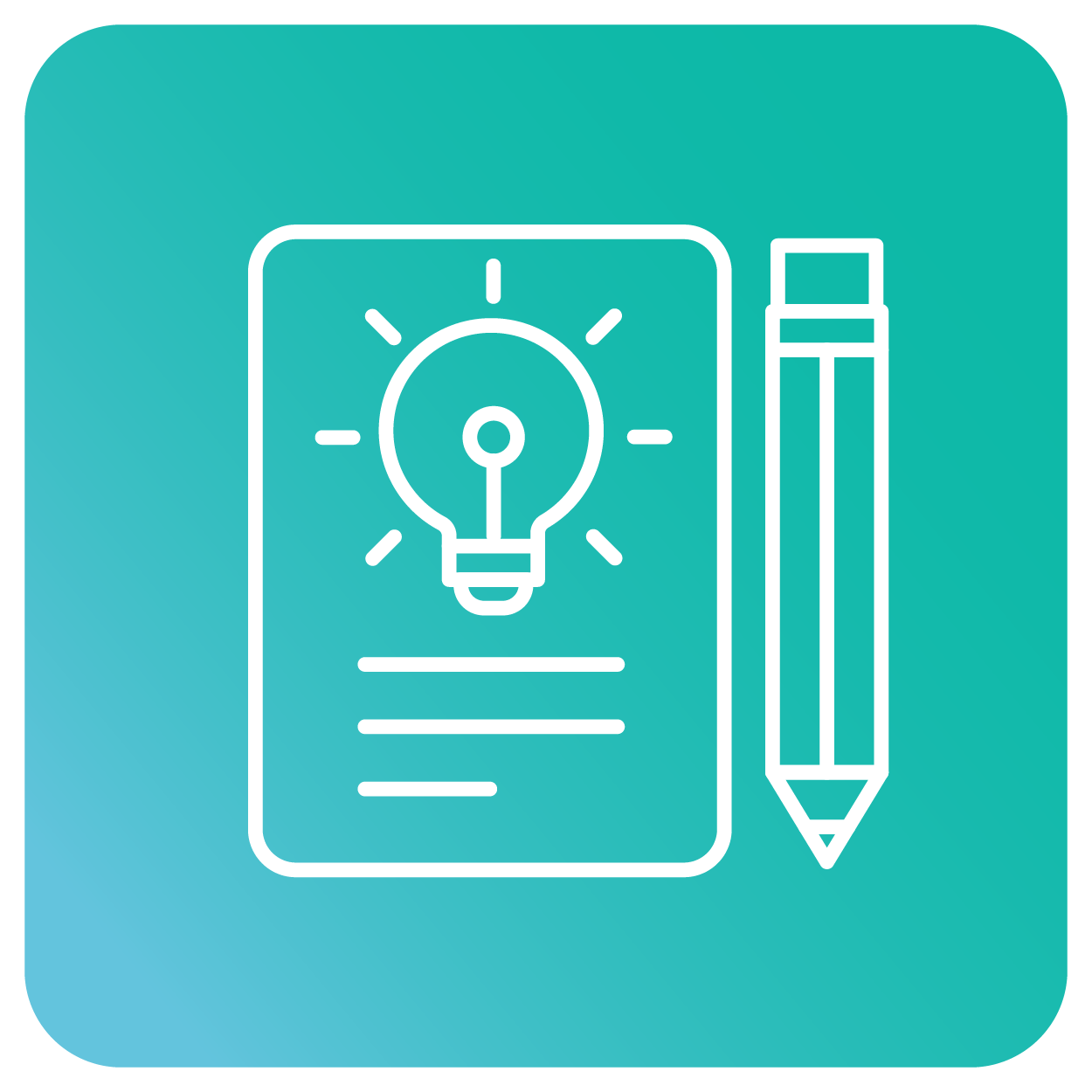
The ‘Next’ button has had its day. For learning to stick, we must stop prioritising mindless progress over mindful reflection. Consequently, take care to structure your learning pathways so they contain built-in pauses that prompt active processing.
Instead of a generic knowledge-check quiz, use post-module prompts or digital workbooks to force evaluation. For instance, you could ask: ‘In one sentence, how will this concept change the way you approach your next client meeting?’
If you use an adaptive learning platform, this is where it should automatically suggest supplementary resources or alternative content formats, based on the learner’s self-reported confidence or identified knowledge gaps.
2. Celebrate Productive Failure

Metacognition isn’t always easy. After all, it requires facing the uncomfortable truth of where you are falling short. This can be challenging if you don’t have a growth mindset, or if you operate within a success-obsessed corporate culture.
But a learning culture that fears failure essentially pulls the handbrake up on growth. As learning leaders, our role is to reframe this entirely. We must position confusion not as a barrier, but as an important prerequisite leading to mastery.
To do this, encourage your business leaders to share their own learning hurdles and how they overcame them. You should also publicly praise thoughtful questions and clever attempts, making it clear that the process of learning is more valuable than the simple act of completion.
3. Leverage Your Technology
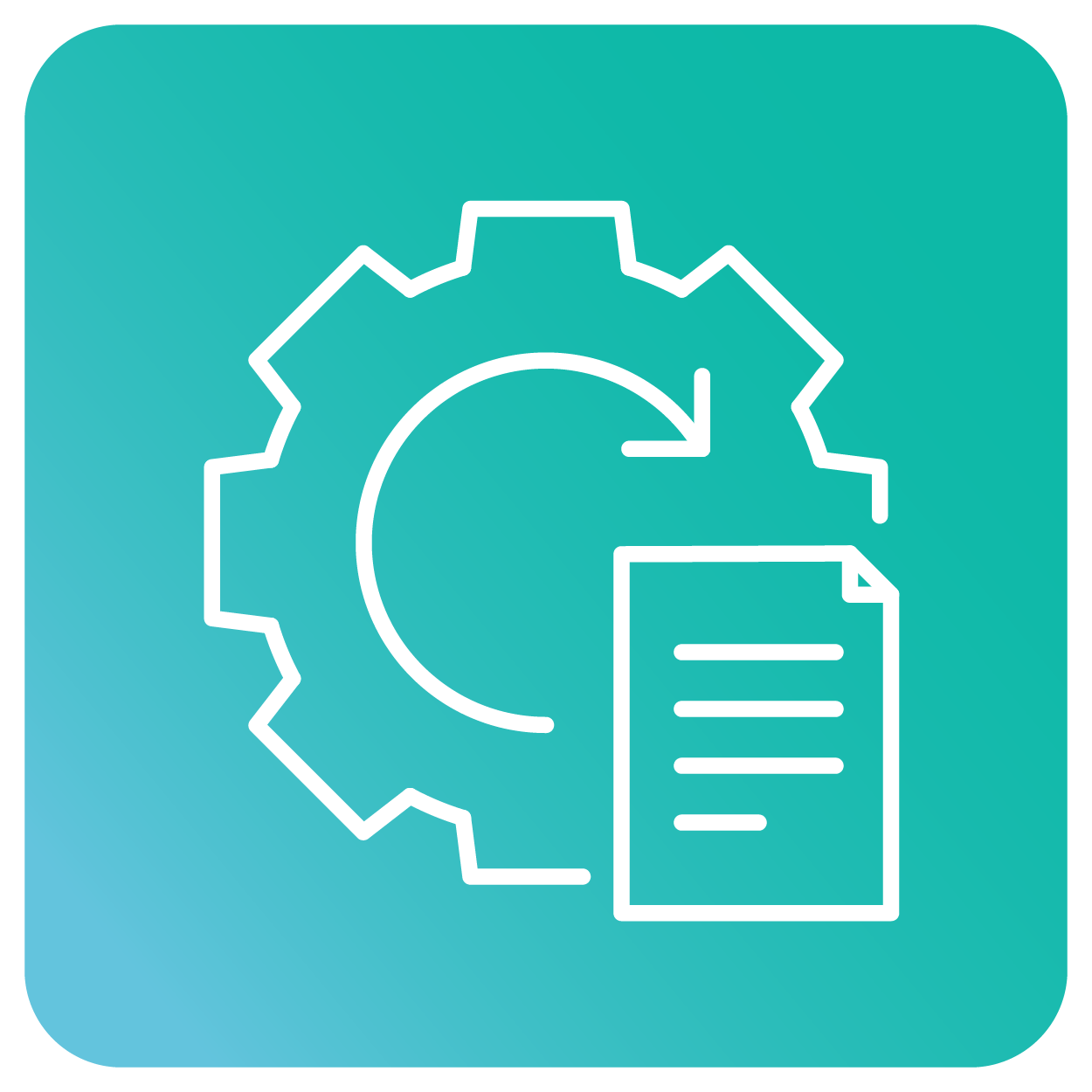
Your learning management system (LMS) shouldn’t just be a passive library of content. It should be an active metacognitive coach. The goal is to bake reflective practices directly into the user experience.
Ensure your learners use the platform not just to consume content, but to actively record their goals and journal their progress. Use prompts as necessary, to guide activity. For instance, ‘It’s been a week since you completed Delegation 101, what tasks have you now delegated to your team?’
While AI-powered coaches are excellent for personalised prompting, simple social learning channels can often achieve the same reflective feat. For example, discussion forums are a great place for learners to post challenges and highlight specific issues.
Their colleagues can then dive in and provide context-specific support as necessary.
4. Measure What Matters

As we’ve seen, monitoring completion rates only tells us that learners are clicking through your content. It provides no insight into whether they are engaging any deeper than this by reflecting on the material, monitoring their knowledge gaps, or evaluating their progress.
To establish this, you’ll need to determine measures that indicate cognitive growth and strategic application. For example:
- Prompt Engagement: Are learners actively engaging with reflective exercises, or are they submitting low-effort answers?
- Self-Assessment: Are you seeing a measurable lift in learner confidence from pre- to post-module assessments?
- Manager Feedback: Do your managers and colleagues confirm that new skills are being applied and embedded on the job?
Once you begin measuring these indicators, you can then start intentionally designing learning experiences that cultivate them. Good luck!
Final Words
Ultimately, metacognition provides the missing framework to transform how we learn. It’s the difference between hoping knowledge sticks and knowing how to make it stick.
By embedding the ‘plan, monitor, evaluate’ cycle within your L&D programmes, you move from a culture of consumption to one of progress and capability. Consider this your self-sustaining engine for growth.
Along the way, you’ll create lifelong learners who are their own best coaches, capable of self-correcting and evolving on the fly. Impressive, right?
And with that, the lesson concludes. Now, the real work begins: it’s time to reflect.
Thanks for reading. If you’ve enjoyed this content, please connect with me here or find more articles here.
Metacognition provides the neural framework, but high performance requires the full picture. Download ‘The Science of Learner Engagement’ guidebook now to unlock your complete blueprint for using brain science to boost learning outcomes.

